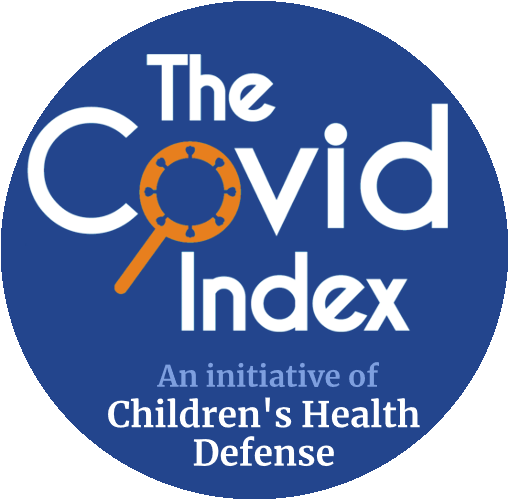Anne S. Ulrich is a full professor of Biochemistry at the Karlruhe Institute of Technology, Germany.
"Summary
Lee and Broudy (2024) reported conspicuous microscopic objects in mRNA vaccines, which they interpreted as 'nano-robots'. This is a misconception, because the wide range of different shapes can be readily explained in terms of self-assembling lipids (including cholesterol), as are used for transfection. Lipid nanostructures and their rearrangements will be discussed...
Background and Comments
... Based on our scientific expertise and with full conviction, we would like to give reassurance that the abundant structures found in the mRNA vaccines are neither 'nanobots' nor contaminants—but rather maturation and/or degradation products. This reasoning does not rule out the presence of minor impurities, as have been detected by highly sensitive analytical techniques, as also cited by Lee and Broudy. And it certainly does not give a thumbs-up for the new modRNA platform or a continuation of the vaccination campaign. However, it is important to differentiate between any valid reasons for concern and other, falsely perceived dangers that arose from misinterpretation of imagery...
[T]he bizarre structures should not be considered alarming per se, as they are just made up of lipids. They clearly do not represent any allegedly 'toxic protein secretions', 'long-lasting silica', 'graphene-coated polymers', 'conductors or semiconductors' or any other 'undisclosed additional engineered components' made up of 'not-natural/foreign material'...
[I]f [the modRNA injectible suspensions] are stored for longer times or at higher temperatures, or are subjected to freeze-thawing, dilution, agitation, different salt concentrations or pH values, they can break down progressively. The delicate RNA chains are generally sensitive to hydrolysis by acids, bases, bacteria, and enzymes (for example, trace amounts of ribonuclease on the human skin), as well as to oxidation by atmospheric oxygen. Lipids can also decompose chemically in similar ways... [T]he cholesterol and RNA contained therein are photosensitive and tend to get oxidized under irradiation corresponding to bright sunlight. As a result of any such degradation process, the lipids will rearrange in new ways once they have lost their cohesion due to fragmentation of the RNA chains or due to any change in the molecular composition of the sample...
[T]he new generation of modRNA products entails considerable risks, not so much due to the toxicity of the lipids, but rather due to the genetically active components they deliver... Expression of the spike protein, on the other hand, is fundamentally beyond control with regard to the distribution of the lipid nanoparticles, the amount of modRNA that is taken up by any cell and reaches the cytoplasm, the tissue type that gets transfected, the persistence of protein expression, the lifetime of active modRNA, its potential incorporation into DNA, and any long-term effects on the immune system. These risks will be exacerbated with the next generation of self-amplifying or self-replicating RNA vectors for vaccines."
Copyright (c) 2024 Anne S. Ulrich
This work is licensed under a Creative Commons Attribution-NonCommercial-NoDerivatives 4.0 International License.
